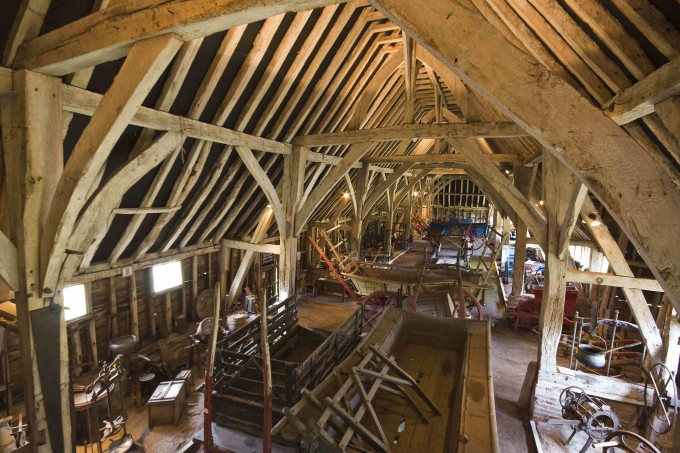I thought I would start with a couple of things from Dr Diane Heath’s NHLF-funded ‘Medieval Animals Heritage’ project. Firstly, she said they had a great time in Canterbury Cathedral Archives last Friday learning about Bestiary animals, making animal noises and looking at giant images of animals from manuscript illustrations projected onto the archive ceiling.
Secondly, Diane will be holding an end of project conference under the title ‘Skin and Bone, Wood and Stone’ from Thursday 29 June to Saturday 1 July. She has just issued a call for papers and invites abstracts for 20-minute academic papers that explore aspects of research on the theme of medieval and early modern animal studies, green heritage, sustainability, and wellbeing engagement: “Proposals for papers may include, but are not limited to: • Medieval and early modern animality and animal studies • Medieval and early modern animal fables, macers, bestiaries, and De Avibus • Scholarship on medieval treatises, sermons and parables concerning animals • Folklore, magic, and ritual involving medieval and/or early modern animals • Modern medievalism, postcolonialism, and antiracist scholarship linked to animals • Medieval and early modern animal art and material culture, e.g., parchment and illuminations, bone carvings, and curated collections • Non-European medieval animal studies • Engagement with medieval animal heritage themes, digital animalities, activism, restoration, and craft • Learning and teaching (including SEND activities) involving medieval animal themes • Medieval and early modern environmental issues, green heritage, and biodiversity.
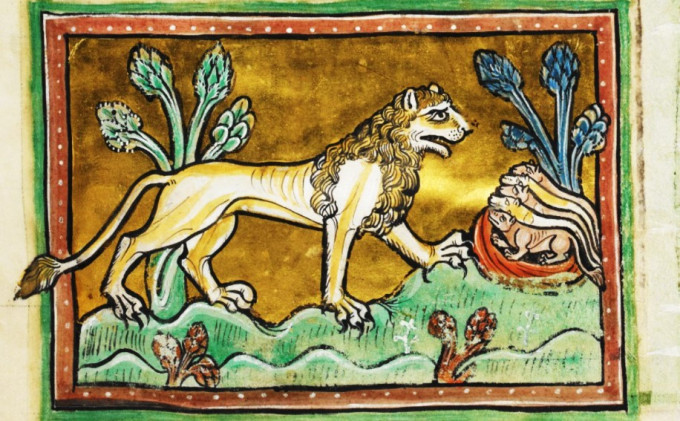
As well as a call for papers, the ‘Skin and Bone, Wood and Stone’ conference is looking for creative contributions. There will be a gallery exhibition space as part of the conference, and we are keen to exhibit creative responses to the theme of Medieval Animals Heritage.
This free and exciting conference will include a tour of Rochester Cathedral and its Textus 900 Exhibition, a wine reception, thanks to the generosity of University of Wales Press Medieval Animals series and will finish with the Medieval Animal Heritage themed Canterbury Medieval Pageant and Family Trail. Please send a title, a suitable image for the programme, and a 150-word abstract, plus your contact details and a brief CV to: Dr Diane Heath at diane.heath@canterbury.ac.uk by 25th March 2023.”
I should also like to alert readers to the joint FCAT/CKHH lecture taking place this evening (Thursday 23 February) in the Michael Berry Lecture Theatre, Old Sessions House at 7pm when Dr John Williams, the chairman of FCAT, will explore ‘Charlemagne and me – a personal odyssey’ where John will look at high-status secular and church buildings on mainland Europe to explore differences and influences between these and similarly high-status early medieval buildings in England. Free entry for students.
Moving to other projects and collaborations involving CKHH, on Monday this week as one of the trustees I attended a meeting of the Wye Rural Museum Trust at Brook. Having had a long association with the museum which pre-dates CKHH, it is fantastic to see some of the new and exciting developments coming to fruition as part of the NHLF grant. Philippa Mesiano as the Community Engagement Manager and Tom Kennett as the Collections Officer have been organising the collection and holding a wide range of events, as well as instituting special tours for local schoolchildren. In this they have been very ably assisted by Dr Graham Bradley and Tim Betts, former and current trustees, amongst others. Canterbury Christ Church’s and the Centre’s involvement primarily centres on organising the annual Michael Nightingale Memorial Lecture, in 2023 to be given by Dr Adam Chapman, a medieval historian and editor for the Victoria County History (VCH), and Dr John Bulaitis’ (lecturer at CCCU and trustee) 2nd-year undergraduate module on Applied Humanities that involves student placements at organisations, including museums such as at Brook. Furthermore, because the CKHH is working with Kent Archaeological Society, it is possible that the museum will take part in the Kent History Showcase events later in the year.
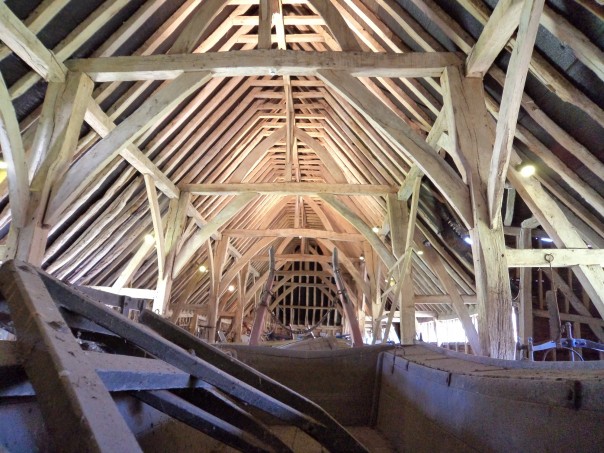
This week, I have also been in discussions with several research students and potential research students on a range of topics from historic landscape studies to pilgrim badges, as well as the use of churchwardens’ accounts by historians, having personally used the latter in the past, so exciting times! Keeping with postgraduates, it was the monthly presentation meeting for the Kent History Postgraduates this week. Most of them are busy writing so to give them a break and to offer something topical, I gave them a paper on immigration in 15th-century Kent. This, I hope, will become an article but I don’t expect that to happen until the summer, and currently it still relies very heavily on the results from the AHRC-funded ‘England’s Immigrants, 1330-1560’ project undertaken between 2015 and 2017. For the blog, I’m just going to make a few general comments because having also completed another short article for the Lossenham Project monthly newsletter: https://lossenham.org.uk/ using Professor Steven Gunn’s ESRC-funded ‘Everyday Life and Fatal Hazard in Sixteenth-Century England’, I thought I might introduce another case here, not least because he will be discussing such incidents in his presentation on Saturday 29 April at the Tudors & Stuarts 2023 History Weekend: https://www.canterbury.ac.uk/tudors-stuarts – do, please, have a look.
Returning to late medieval immigration in Kent, it is interesting to note that from the alien subsidy figures of total assessed taxpayers for the first year it was collected, in 1440, Kent at 446 householders and 683 non-householders was second only to London. It is also important to note that the Cinque Ports were taxed separately from Kent and Sussex, and the majority of these ports were in Kent not Sussex. Thereby considerably increasing the total for Kent because for the Cinque Ports there were 258 alien householders and 390 non-householders. As another point of interest, Hampshire in terms of total numbers is only just lower than Kent, partly a reflection of the high number of aliens in Southampton listed for that year, which outside London was second only to Bristol, albeit that figure is much higher. From the project team’s calculations, these figures for Bristol and Southampton, in terms of the 1377 poll tax figures, would give a percentage of 10.21 for the alien population in Bristol and an even higher 12.59% for Southampton. In comparison using the same calculation Canterbury’s alien population as a percentage is considerably lower at 3.85%, pointing to a wider, more even distribution pattern in 1440 of aliens in Kent that took in not only Canterbury, but especially Sandwich, as well as New Romney, Hythe, Dover and Faversham, the River Medway towns of Rochester and Maidstone, and places in north-west Kent such as Greenwich and Dartford.
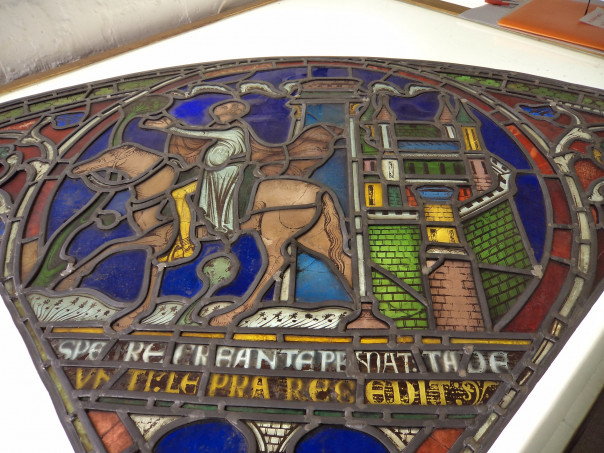
Exploring two occupations that might be seen as standing outside the crafts, but which after service comprised the largest numbers of entries for Kent in the 15th century are the clergy and labourers. For the latter, this occupation was only used in Kent in the 1440s where there were 56 instances. Place of origin was not often given but those from France comprised the largest group. Concerning where they were living in the county, this was almost exclusively north-west Kent, such as Greenwich (10), Rochester (9), the Bromley area (5), the only slight geographical outrider being Tonbridge (5), but the river and roads systems meant Tonbridge, like these other places, had numerous London connections. Having two dioceses within the county, plus numerous parish churches, chapels and religious houses, it is probably not surprising Kent became home, even if only temporarily to a sizeable number of men in clerical orders, of which about half had acquired parish livings. For the others there were opportunities as household chaplains, such as Engelbert who was in the household of John Warrove of Wye, or as chantry chaplains, John and Jacobus celebrated mass daily at Godmersham church for the soul of William Pole in the early 1440s. What is also interesting is the significant presence of Irish and Scottish clergy among these immigrants, a pattern not repeated in terms of any other occupational group for Kent.
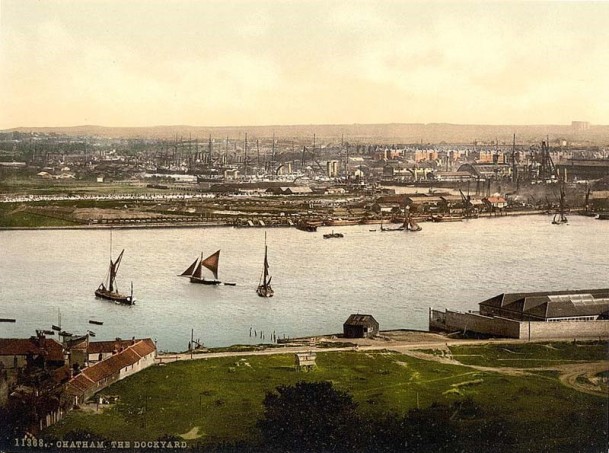
So with that as a context, I’ll come back to more on these immigrants in future blogs, and finally this week I want to look at a specific inquest as an example of the potential of such cases. Now we know from the Canterbury chamberlains’ accounts, for example, that stone from the Maidstone quarries was transported down the River Medway to the Thames Estuary and thence to Whitstable and brought by cart for the rebuilding of St George’s Gate in the late 15th century, but an incident at Maidstone in November 1511 offers a better idea about this river traffic on the Medway. For in that month, Robert Marten, a local shipman, was navigating Henry Lawson’s boat by standing in the boat’s stern and using a long pole called a ‘Bumkyn’ to propel the boat forward. As he was doing this, at one point the riverbed was deeper than his pole and he fell into the river and drowned. Although obviously very unfortunate for Marten, this points to these river boats, presumably carrying cargo, as being barges or lighters, which fits with other similar fragmentary evidence for other river traffic in Kent. Moreover, we have an example of local naming practices concerning the long pole or staff, another interesting feature and one that might be helpful when looking at Elizabethan probate inventories. That’s it for this week, but because we’ll be into March very shortly, among the topics for next week will be an update on Tudors & Stuarts 2023.
 Centre for Kent History and Heritage
Centre for Kent History and Heritage Sheila Sweetinburgh
Sheila Sweetinburgh 1636
1636